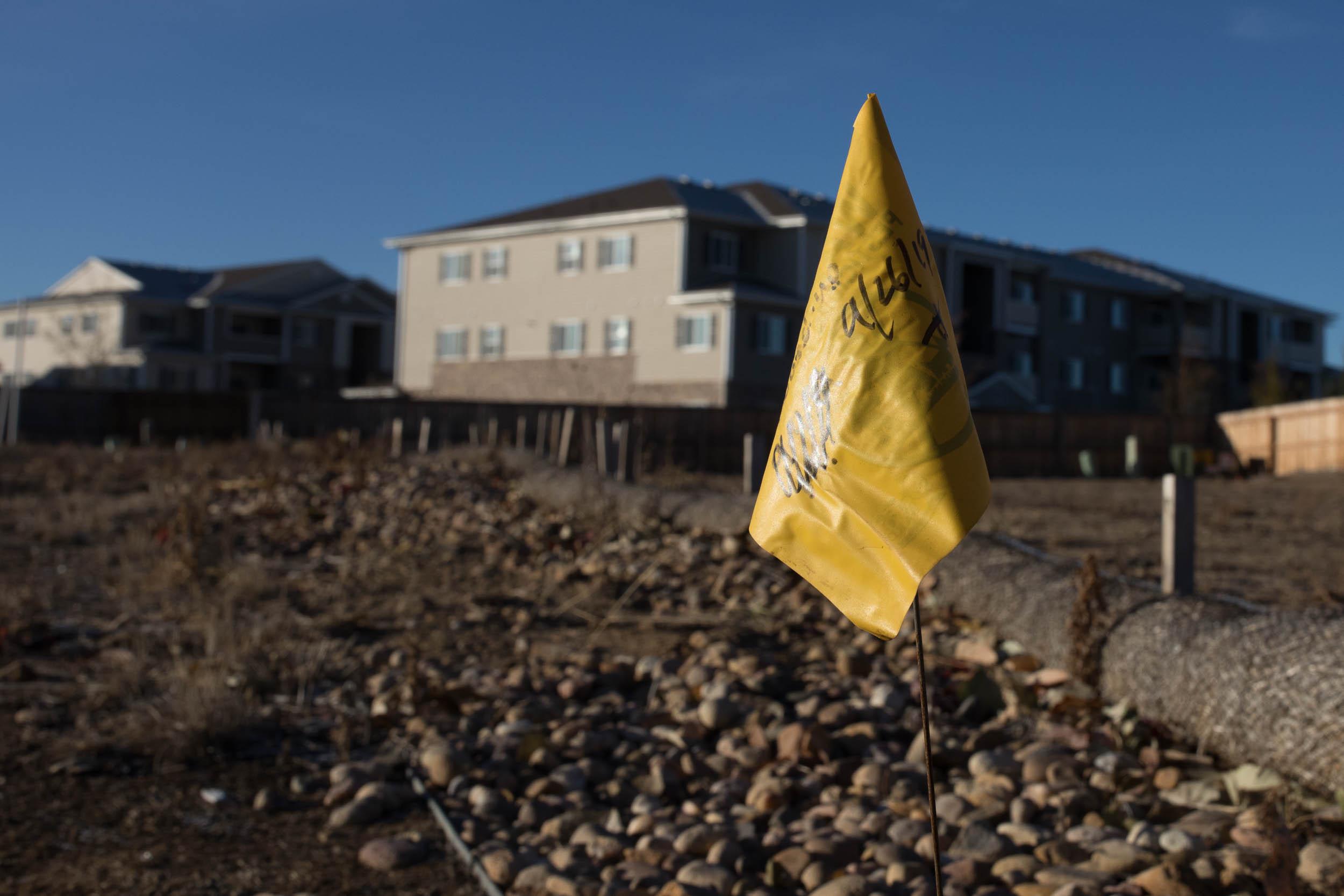
Updated 4:40 p.m.
National Transportation Safety Board investigators have released their summary of what went wrong on April 17, 2017, when an explosion linked to an oil and gas well in Weld County killed two people and injured one.
The report states the explosion occurred due to the ignition of natural gas from lines then owned by Anadarko Petroleum Corporation and likely severed during home construction. In a statement on the probable cause of the incident, the report also reads that "the approval by local authorities to allow occupied structures to be built on land adjacent to or previously part of oil and gas production fields" without full documentation of the state or locations of the lines contributed to the accident.
It also found that the lines near the residence, which had been previously owned by Patina Oil and Gas Corporation, were not abandoned according to state regulations. Those require that lines be disconnected from the source, cleared of liquid hydrocarbons and sealed at both ends.
The report states "none of the three lines found at the residence were properly abandoned in accordance with these requirements."
The house in Firestone was destroyed and the home next door scorched by the fire. Today, both lots on Twilight Avenue have been cleared and the faulted well closed. No trace of it remains above ground.
Results of the NTSB investigation were pushed back by about a year as the agency worked through delays and the partial federal government shutdown.
Mark Martinez and his brother-in-law Joe Irwin were killed in the blast. Martinez’s wife Erin was seriously injured.
On Tuesday, Erin Martinez criticized the NTSB report for its brevity and lack of recommendations to protect public safety.
“It’s difficult to understand why it took two-and-a-half years to write seven pages that provide no concrete recommendations to prevent another tragedy,” she said.
Back in 2017 as soon as local investigators linked the incident it to an oil and gas well, then-Gov. John Hickenlooper called for inspections of all underground flowlines within 1,000 feet of occupied buildings. At the time, the well was owned by Anadarko, which temporarily shut down 3,000 wells in Weld County for safety reasons. The company faced a barrage of sharp questions from the Firestone community and investors about what had happened.

Anadarko has since been purchased by Occidental Petroleum.
"We take the findings very seriously, and as part of our commitment to safety, we continually review our processes and procedures,” said Jennifer Brice, Director of Communications & Public Affairs for Occidental.
A financial settlement with Erin Martinez was reached in 2018. But regulators at the Colorado Oil and Gas Conservation Commission have not taken punitive action against the company because they say they’ve been awaiting the NTSB report.
Megan Castle, a communications officer with the COGCC said the agency is proceeding with enforcement against the oil company and will issue a notice of alleged violation.
In addition to drawing national headlines, the Firestone home explosion fueled debate on a 2018 statewide ballot issue and launched a heated discussion on oil and gas reform at the state capitol — which eventually led to the state’s Democratic majority passing expansive oil and gas regulatory reform.
Gov. Jared Polis signed the bill in April and the debate about its effects on the industry has continued since.
Anne Lee Foster with the environmental group Colorado Rising renewed its calls Tuesday for the state to stop approving oil and gas permits.
“The multiple failures by oil and gas operators outlined in the report demonstrate these corporations cannot be trusted and they are only out to protect their bottom line,” she said.
Before the recent landmark regulatory overhaul, in 2018, the Colorado Oil and Gas Conservation Commission took steps to reform how flowlines were created, inspected and eventually abandoned. Now, the agency is poised to adopt another set of flowline rules that will draw detailed public maps and allow state officials 48 hours to inspect the lines when a company wants to return an inactive well to service.









